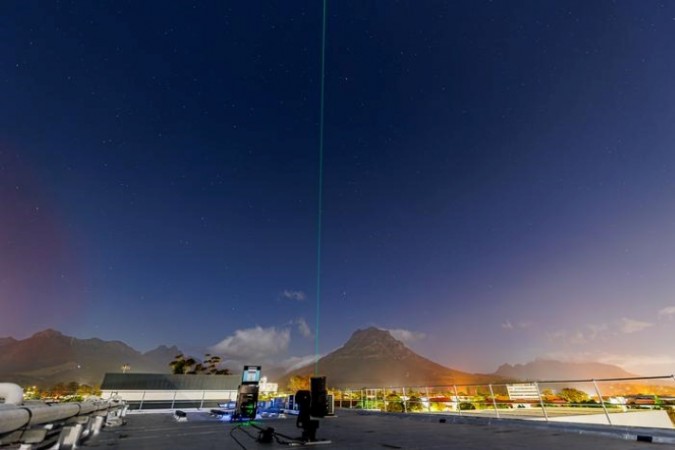
In a historic breakthrough for global cybersecurity and quantum technology, scientists from South Africa and China have successfully established the longest intercontinental quantum satellite link, spanning 12,900 kilometres. This milestone, facilitated by China’s Jinan-1 quantum microsatellite, marks the first quantum satellite communication link in the Southern Hemisphere, opening new frontiers for secure data transmission and international scientific collaboration.
The research, conducted jointly by Stellenbosch University (SU) in South Africa and the University of Science and Technology of China (USTC), was published in Nature on March 19, 2025. The project was led by Dr. Yaseera Ismail and Professor Francesco Petruccione from Stellenbosch University, alongside Professors Juan Yin and Jian-Wei Pan from USTC.
At the heart of this experiment was Quantum Key Distribution (QKD), a technology that enables ultra-secure communication by leveraging the principles of quantum mechanics. Using QKD, researchers successfully encrypted and securely transmitted images between ground stations in China and South Africa. This approach ensures that any unauthorized attempt to intercept the data would be immediately detected due to the inherent properties of quantum states.
The Stellenbosch ground station achieved a record-breaking key generation rate of 1.07 million secure bits per satellite pass, a remarkable feat enabled by South Africa’s low humidity and clear skies, which helped minimize photon scattering and signal loss. These environmental advantages positioned Stellenbosch as an ideal location for quantum communication experiments.
The successful experiment underscores the growing significance of quantum technology in cybersecurity, with major implications for governments, financial institutions, and defense sectors. Unlike traditional encryption methods, which may be vulnerable to future quantum computing advancements, QKD offers theoretically unbreakable security, making it a crucial tool in the race to protect sensitive global data.
China has been a pioneer in quantum communications, having demonstrated the first intercontinental QKD experiment with Austria in 2017 using its Micius satellite. The latest achievement with South Africa extends China’s quantum network reach and reinforces its commitment to global quantum infrastructure expansion.
For South Africa, this breakthrough cements its status as a rising leader in quantum science within the Southern Hemisphere. The upcoming launch of the Stellenbosch Centre for Quantum Science and Technology is expected to build on this momentum, fostering further research and international collaboration.
As nations increasingly invest in secure quantum communication networks, China has already established a 2,000-kilometre terrestrial quantum network between Beijing and Shanghai. The latest intercontinental quantum link signals a step toward a future global quantum-secure internet, where unhackable communication will become a reality.
Beyond its technological implications, the collaboration between Stellenbosch University and USTC strengthens scientific and diplomatic ties between South Africa and China, setting a precedent for future quantum research partnerships across continents. As quantum computing evolves, ensuring secure, tamper-proof communication will be critical in safeguarding sensitive information in an increasingly digital and interconnected world.
Article by Jed Mwangi
Photo/Google

Comment